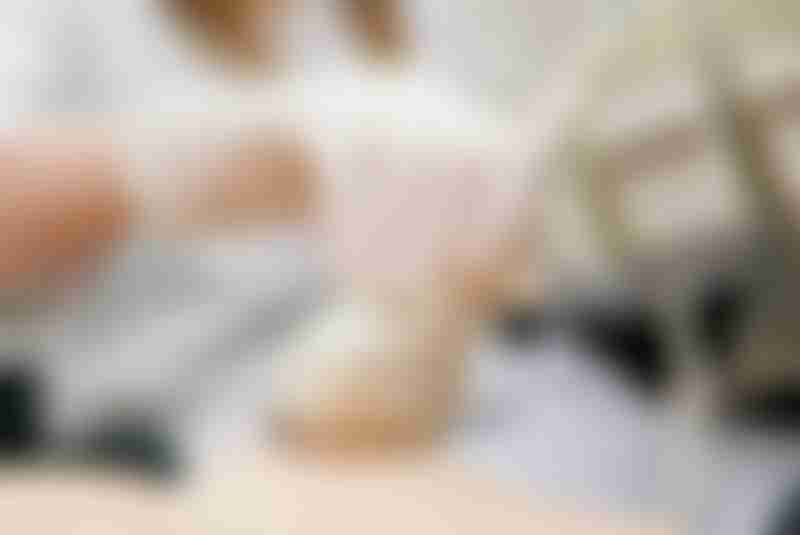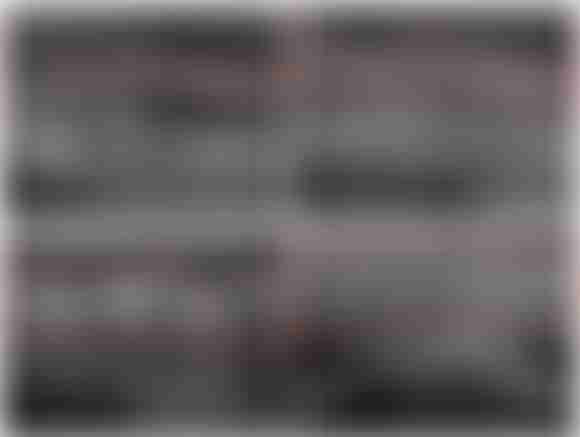Breast Ultrasound: What You Need to Know

Source: Shutterstock
Finding something suspicious during a mammogram or noticing a symptom that could indicate breast cancer can be a scary experience. If your doctor suggests a breast ultrasound, do know that it is a common procedure and can help provide important information. Knowing what to expect during the scan and being prepared can help ease your worries. Below, you will learn more about the procedure, how it works, and possible side effects.
What is a breast ultrasound?
A breast ultrasound is an imaging test that uses high-frequency sound waves to create images (ultrasonography) of the inside of the breast. Breast ultrasounds are normally used for diagnostic purposes rather than screening purposes due to their ability to provide more information on smaller areas of interest. They may miss details more easily captured using other imaging tests such as breast mammography.
How does a breast ultrasound work?
During a breast ultrasound, a wand-like instrument called a transducer is moved over the skin on and around the breast. The transducer sends out high-frequency sound waves and detects the echoes as the sound waves transmit through the breast and bounce off the tissues. These waves are then used to form images on a computer screen.
Purpose of a breast ultrasound
A breast ultrasound may be recommended for the following purposes:
- An additional or supplementary imaging test
If an abnormality is found on a mammogram, a breast ultrasound may be recommended to obtain more information about it. This can also be the case for breast lumps that can be felt but have not shown up on a mammogram.
- Differentiate between fluid-filled breast cysts vs solid masses
Breast ultrasounds are commonly used to check if a detected mass is fluid-filled (usually non-cancerous breast cysts) or a solid mass (potentially cancerous tumors). Cysts are usually left alone without treatment, although the fluid can be drained if it is causing excessive pain or discomfort. Solid masses may need a biopsy to confirm the diagnosis.
- Guide the needle into the breast during a breast biopsy to get a tissue sample
During breast biopsies, breast ultrasound may be used to guide the needle into the correct location in the breast to retrieve the tissue sample.
- When mammograms are not suitable or adequate
As mammograms expose one to radiation exposure (albeit a very small dose), pregnant women are not recommended to get mammograms as the radiation exposure may affect the development of the fetus. As such, a breast ultrasound would be the next best alternative to check for breast cancer. Women with dense breasts may also be recommended a breast ultrasound in addition to a breast mammogram, as abnormalities are often difficult to detect on mammograms in women with very dense breasts.
- For women younger than 25
Women under 25 (dependent on the imaging center) will often be recommended to get a breast ultrasound instead of a mammogram first, as younger women tend to have dense breasts.
Risks of a breast ultrasound
Currently, there are no known risks of ultrasonography. It does not expose one to radiation and is thus a safe test.
However, breast ultrasounds may not detect small lumps or tumors that are more easily identified through mammograms. Additionally, the accuracy of the ultrasound may be reduced for individuals who are obese or have very large breasts.
What does the breast look like on an ultrasound?
As every woman’s breasts vary in shape, size, and composition, the ultrasound images of each breast will naturally vary. The composition of a breast's fibrous and glandular tissue versus fatty tissue will affect how it would look on an ultrasound.

Ultrasound images of the four categories of breast density: (a) predominantly fatty, (b) scattered fibroglandular tissue, (c) heterogeneously dense and (d) extremely dense. Adapted from: Jeon-Hor Chen, et al. (2015)
Masses and abnormalities in breasts can often be identified as black masses. Solid masses, which have a higher potential of being cancerous, tend to appear darker and cancerous masses tend to have more irregular edges.

Examples of breast ultrasound images (from left to right: normal breast tissue, breast tissue with benign masses and breast tissue with a malignant mass. Source: Abdul Halim, et al. (2021)
Breast ultrasound assessment and report
Breast ultrasound results are reported the same way as mammograms using the Breast Imaging Reporting and Data System (BI-RADS). It is a categorized system that standardizes how doctors and radiologists describe and interpret breast imaging results.
Learn more: Understanding Your Mammogram Report
Automated breast ultrasound
Automated breast ultrasound (ABUS) is a relatively new ultrasonography technique that aims to overcome certain limitations of conventional breast ultrasound. While standard breast ultrasonography has little to no risks, it has certain disadvantages, such as dependence on an operator and a relatively long imaging and interpretation time. ABUS works the same way as conventional breast ultrasounds, except that it uses a much larger transducer to take hundreds of images covering almost the whole breast. This up-and-coming technique could be used as a supplementary screening tool alongside screening mammography.
When it comes to medical tests and procedures, they can seem intimidating and daunting. However, breast ultrasounds are not only painless but also offer valuable insights into your breast cancer status. Breast ultrasounds are a safe and effective way to monitor your breast health and catch any potential issues early on. Do not hesitate to talk to a doctor about any concerns you have regarding breast ultrasounds.